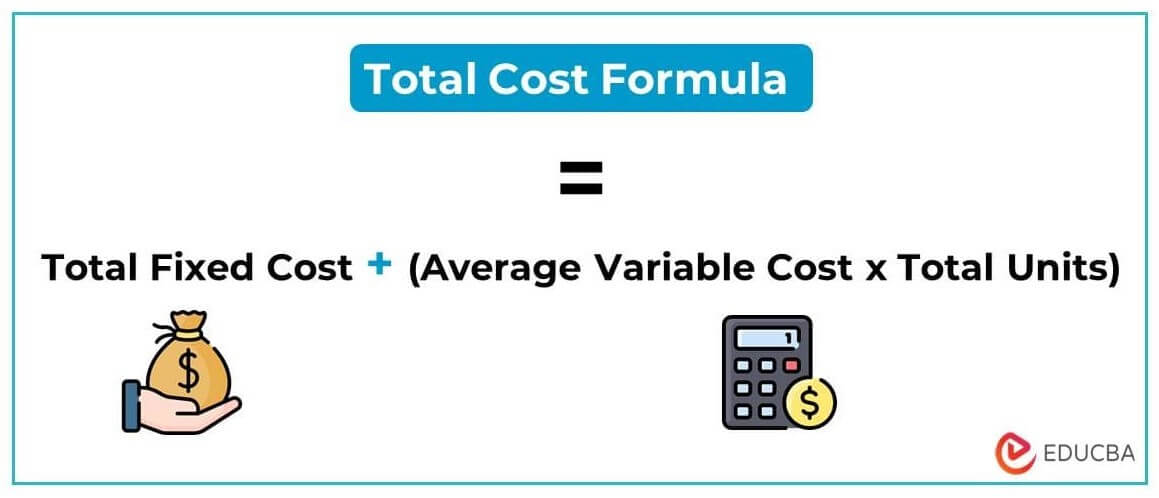What Is The Price Per Unit

Understanding the concept of price per unit is crucial for consumers and businesses alike, as it provides a transparent and standardized way to compare products and make informed purchasing decisions. In this comprehensive guide, we delve into the intricacies of price per unit, its significance, and how it impacts the market.
The Significance of Price Per Unit

Price per unit is a fundamental metric in economics and commerce, offering a straightforward approach to evaluating the cost-effectiveness of various products. It breaks down the price of an item into a standardized measure, typically based on weight, volume, or count. This allows consumers to compare products of different sizes and brands, ensuring they get the best value for their money.
For instance, consider a scenario where you need to purchase a month's supply of laundry detergent. Two brands, Brand A and Brand B, offer similar products. Brand A sells a 2-liter bottle for $4, while Brand B offers a 3-liter bottle for $6. At first glance, Brand A seems more affordable. However, when we calculate the price per unit, we discover that Brand B is actually the better deal. Brand A costs $2 per liter, while Brand B is only $2 per liter, despite offering a larger quantity.
This simple calculation highlights the power of price per unit. It empowers consumers to make informed choices, ensuring they don't overspend on products. For businesses, it's a critical tool for setting competitive prices and attracting customers. By offering the best price per unit, companies can gain a competitive edge in the market.
Calculating Price Per Unit: A Step-by-Step Guide

Calculating the price per unit is a straightforward process, but it requires precision to ensure accuracy. Here’s a step-by-step guide to help you master this essential skill.
Step 1: Identify the Unit of Measurement
The first step is to determine the unit of measurement used for the product. This could be grams, liters, kilograms, ounces, or any other standardized measure. For instance, if you’re purchasing a box of cereal, the unit of measurement might be grams or ounces.
Step 2: Determine the Price
Next, you need to know the price of the product. This information is usually clearly displayed on the packaging or can be found on the retailer’s website. Make sure to note the exact price, including any taxes or discounts.
Step 3: Calculate the Price Per Unit
Now, it’s time to put your math skills to use. Divide the price of the product by the quantity, ensuring you use the same units of measurement. For example, if you’re buying a 1.5-kilogram bag of rice for 3, the calculation would be 3 divided by 1.5 kilograms, resulting in a price per unit of $2 per kilogram.
| Product | Price | Unit of Measurement | Price Per Unit |
|---|---|---|---|
| Rice | $3 | Kilograms | $2 per kg |
| Laundry Detergent | $6 | Liters | $2 per liter |
| Cereal | $5 | Ounces | $1.67 per oz |

Factors Influencing Price Per Unit
While the calculation itself is simple, several factors can influence the price per unit of a product. Understanding these factors is essential for both consumers and businesses.
Production Costs
The cost of producing a product is a significant factor in determining its price per unit. This includes raw materials, labor, and manufacturing expenses. If a company experiences an increase in production costs, they might need to raise their prices to maintain profitability, which would impact the price per unit.
Market Competition
Market competition plays a crucial role in shaping the price per unit. In a competitive market, companies strive to offer the best value to attract customers. This often leads to price wars, where businesses lower their prices to gain an edge. As a result, consumers benefit from lower prices and better deals.
Economies of Scale
Economies of scale refer to the cost advantages that a business achieves as it expands its scale of operation, typically leading to increased efficiency, bulk discounts, and reduced costs. When a company produces goods in large quantities, it can often negotiate better deals with suppliers and distributors, which can result in a lower price per unit for the consumer.
Price Per Unit and Consumer Behavior
Price per unit is not just a theoretical concept; it has a significant impact on consumer behavior. It influences purchasing decisions, brand loyalty, and market trends.
Impact on Purchasing Decisions
When consumers are presented with a variety of products, they often rely on price per unit to make their choice. A product with a lower price per unit is typically seen as a better value, even if the initial price is higher. This is why many retailers now display the price per unit on their shelves, making it easier for consumers to compare products.
Building Brand Loyalty
Companies that consistently offer the best price per unit can build a loyal customer base. Consumers are more likely to stick with a brand that provides them with the best value for their money. This loyalty can lead to repeat purchases and a strong brand reputation.
Market Trends and Innovations
Price per unit also influences market trends and innovations. When a company introduces a new product with a lower price per unit, it can disrupt the market and force competitors to adapt. This competition drives innovation, leading to improved products and better deals for consumers.
Price Per Unit in Practice: Real-World Examples

To illustrate the practical application of price per unit, let’s explore some real-world scenarios and the impact it has on different industries.
Grocery Shopping
In the grocery industry, price per unit is a common tool used by retailers to attract customers. Many grocery stores now display the price per unit on their shelves, making it easy for shoppers to compare products. This transparency ensures that customers can make informed choices and find the best deals.
E-commerce and Online Shopping
Online retailers have also embraced the concept of price per unit. Many e-commerce platforms now provide detailed product information, including the price per unit. This feature allows online shoppers to compare products across different brands and retailers, ensuring they get the best value for their online purchases.
Restaurant Industry
In the restaurant business, price per unit is crucial for both customers and restaurant owners. Customers often compare the price of a meal to its portion size, essentially evaluating the price per unit. Restaurant owners, on the other hand, use price per unit to set menu prices, ensuring they cover their costs and make a profit.
Future Trends and Innovations
As technology advances and consumer behavior evolves, we can expect to see some exciting trends and innovations related to price per unit.
Smart Shopping Apps
With the rise of mobile technology, smart shopping apps are becoming increasingly popular. These apps often incorporate price per unit comparisons, allowing users to scan a product and instantly see its price per unit across different retailers. This level of convenience and transparency is expected to revolutionize the way we shop.
AI-Powered Price Comparisons
Artificial Intelligence (AI) is already being used to analyze and compare prices across various retailers. In the future, we can expect AI to play an even bigger role in price per unit calculations. AI-powered systems could automatically calculate and display the best deals, making it effortless for consumers to find the most cost-effective products.
Sustainable Pricing Strategies
As consumers become more environmentally conscious, we can expect to see pricing strategies that encourage sustainable practices. Some companies are already implementing pricing models that reward consumers for choosing eco-friendly options. This could include offering lower prices per unit for products with reduced packaging or those made from recycled materials.
Conclusion: Navigating the World of Price Per Unit
Price per unit is a powerful tool that empowers consumers and guides businesses. By understanding this concept and its various applications, we can make smarter purchasing decisions and support businesses that offer the best value. As we move forward, the continued development of technologies and innovations will further enhance our ability to navigate the complex world of pricing.
How does price per unit impact my shopping experience?
+Price per unit is a critical factor in your shopping experience. It allows you to compare products and make informed decisions. By understanding the price per unit, you can ensure you’re getting the best value for your money and avoiding overpaying for products.
Can I trust the price per unit calculations provided by retailers?
+Most reputable retailers provide accurate price per unit calculations. However, it’s always a good idea to double-check the calculations, especially when dealing with smaller retailers or online stores. Cross-referencing with other retailers can help ensure you’re getting the correct information.
How can I use price per unit to save money on my grocery shopping?
+Grocery shopping is an excellent opportunity to save money by using price per unit. Always compare the price per unit of similar products, and opt for the one with the lower price per unit. This strategy ensures you’re getting the best value for your grocery budget.
What are some common mistakes people make when calculating price per unit?
+One common mistake is using different units of measurement when calculating price per unit. Always ensure you’re using the same units, whether it’s grams, liters, or ounces. Another mistake is not considering the quality of the product. Price per unit should be used in conjunction with other factors like quality and brand reputation.


